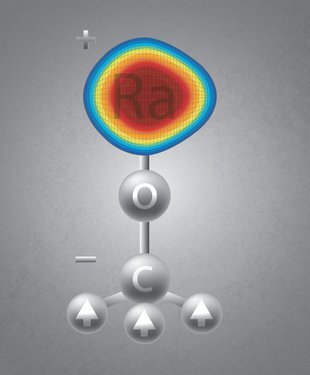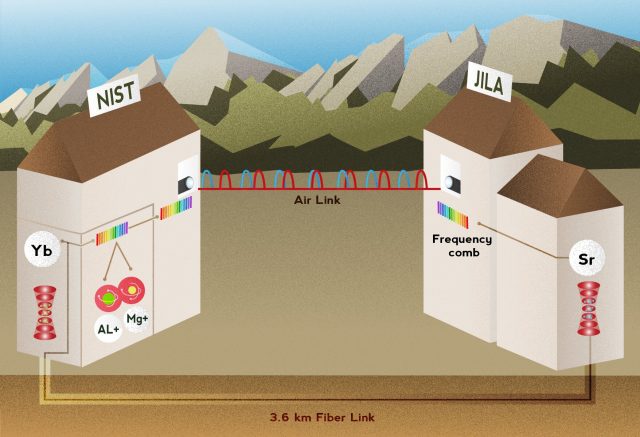A single "super photon" made up of many thousands of individual light particles: About ten years ago, researchers at the University of Bonn produced such an extreme aggregate state for the first time and presented a completely new light...
Despite the enormous amount of research over the decades into lasers and their applications, there have been few ways to accurately, efficiently, and directly observe fine details of their interactions with materials. For the first time, researchers have found...
lds. This is related to a type of symmetry commonly seen in particles called charge parity, or CP. Any deviations from the expected CP symmetry might explain how matter ultimately edged out antimatter in our universe.
Hutzler and his colleagues...
An international research team, led by Monash University, has discovered for the first time the mystery behind the formation of 'coffee rings' by examining the contact angle of droplets onto a surface, and how they dry.
The research collaboration involving Monash University...
Nature's strongest material now has some stiff competition. For the first time, researchers have hard evidence that human-made hexagonal diamonds are stiffer than the common cubic diamonds found in nature and often used in jewelry.
Named for their six-sided crystal...
Within the realm of quantum mechanics, the generation of quantum entanglement remains one of the most challenging goals. Entanglement, simply put, is when the quantum state of each particle or a group of particles is not independent of the...
The promising field of spintronics seeks to manipulate electron spin to make a new breed of small and low-power electronic devices. A recent study used Argonne's Advanced Photon Source to bring the widespread use of spintronics closer to reality.
As...
Physicists at MIT and elsewhere are blasting beams of ions at clouds of protons —like throwing nuclear darts at the speed of light—to map the structure of an atom's nucleus.
The experiment is an inversion of the usual particle accelerators,...
Machine vision systems have many applications, including self-driving cars, intelligent manufacturing, robotic surgery and biomedical imaging, among many others. Most of these machine vision systems use lens-based cameras, and after an image or video is captured, typically with a...
In a significant advance toward the future redefinition of the international unit of time, the second, a research team led by the National Institute of Standards and Technology (NIST) has compared three of the world's leading atomic clocks with...
The secret to building superconducting quantum computers with massive processing power may be an ordinary telecommunications technology -- optical fiber.
Physicists at the National Institute of Standards and Technology (NIST) have measured and controlled a superconducting quantum bit (qubit) using...

















